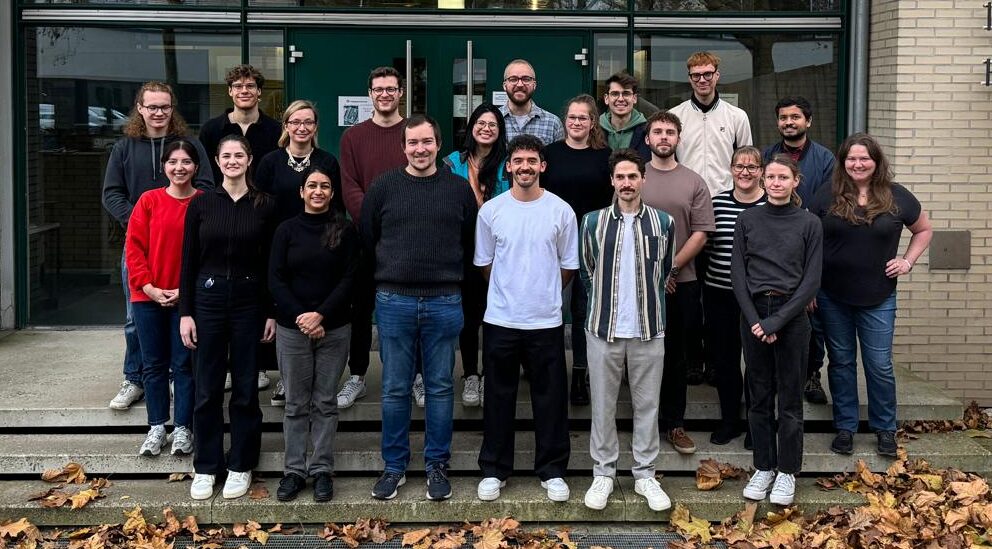Our Research

Research
Synthetic polymers perform a wide range of complex functions—from everyday plastic bottles to functional materials used in medicine. Many of these materials and their properties are inspired by nature and by biopolymers such as proteins, DNA, and sugars. Nevertheless, synthetic polymers have yet to reach the level of complexity found in their natural counterparts, such as enzymes or antibodies. When we explore the fundamental differences, it becomes clear that the limitation isn’t due to a lack of functional group diversity in polymer synthesis; synthetic polymers actually rival biological polymers in this regard. Rather, the challenge lies in achieving precise control over the positioning of functional units within a polymer chain, a level of control that is currently very limited for synthetic polymers. For example, although proteins are built from a limited alphabet of amino acids, the exact positioning of these building blocks allows fine-tuned control over the resulting protein’s properties—such as stability, structure, and aggregation behavior. If we could achieve similar sequence control for synthetic polymers, entirely new materials with complex functionalities could be realized.
Our approach to producing such monodisperse, sequence-defined polymers is based on solid-phase synthesis. Here, we apply the well-established solid-phase peptide chemistry but replace amino acids with specifically designed building blocks, either synthesized anew or sourced from traditional polymer chemistry. By sequentially coupling these building blocks on a solid support, we obtain monodisperse and sequence-defined oligo- and polymers.
Our particular focus is on synthesizing so-called polymeric biomimetics based on monodisperse, sequence-defined polymers. Polymeric biomimetics replicate biological features, such as those of a sugar ligand or peptide motif. However, in contrast to their natural models, they offer enhanced stability, reduced toxicity and immunogenicity, and are often easier to produce. By developing polymeric biomimetics based on monodisperse, sequence-defined macromolecules, a wide range of applications become possible, such as sugar or peptide mimetics for the creation of novel antibacterial or antiviral agents. Through this research, we not only aim to gain new insights into the development of improved biomimetics but also hope to deepen our understanding of the structure-function relationships of synthetic materials in biology and medicine.










